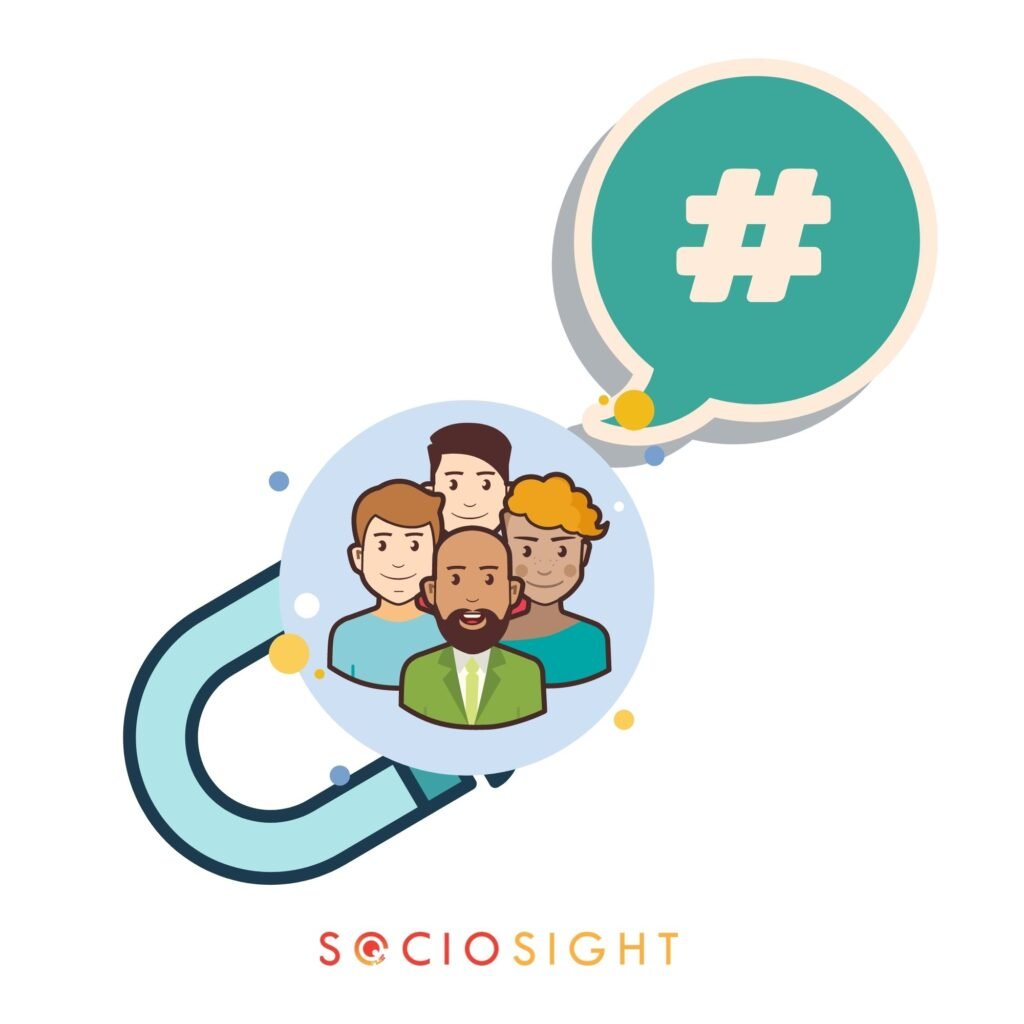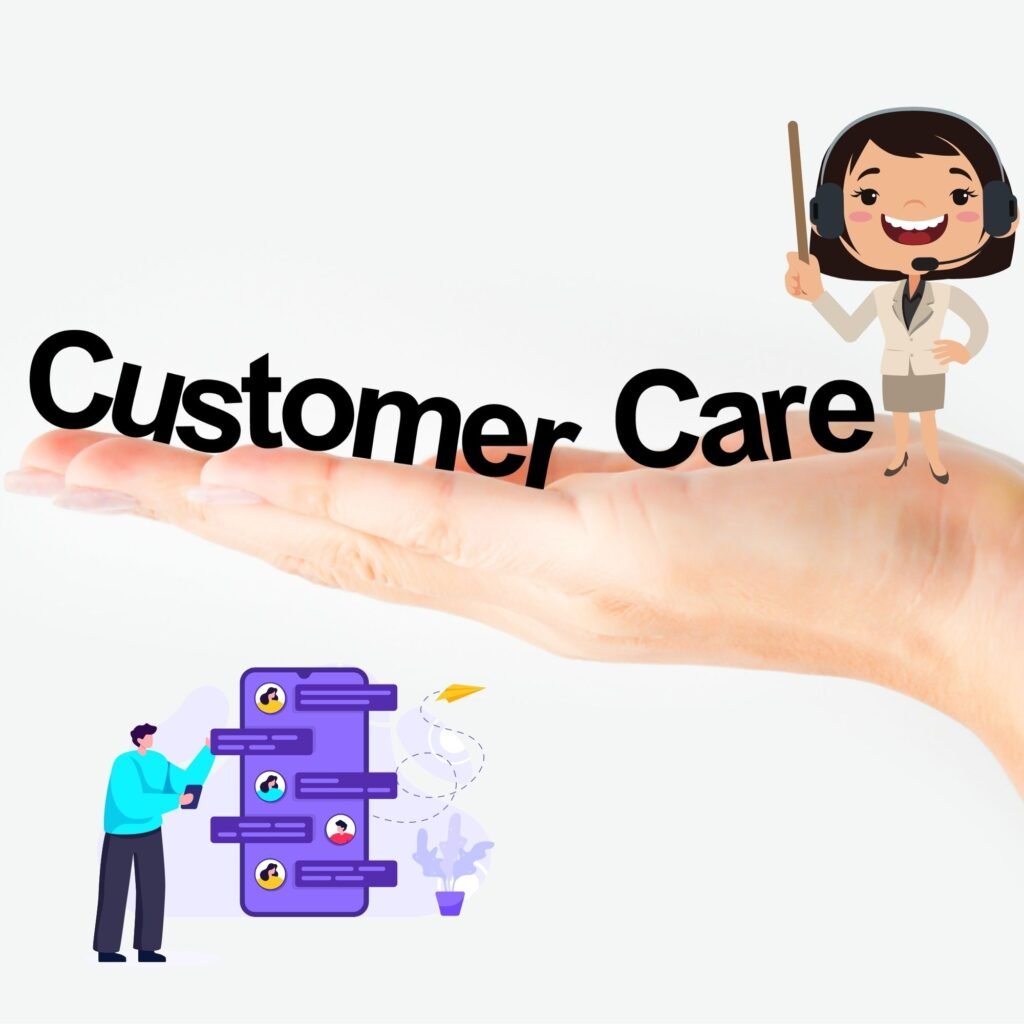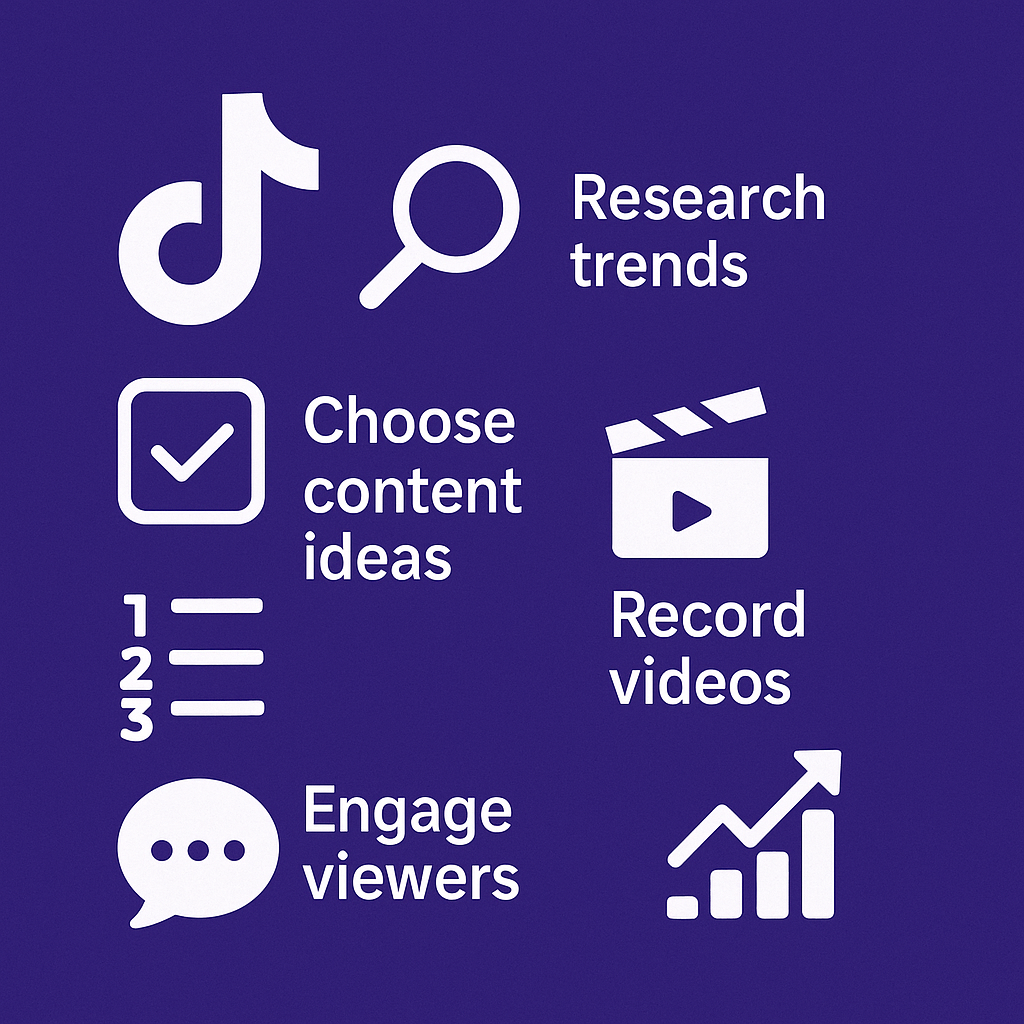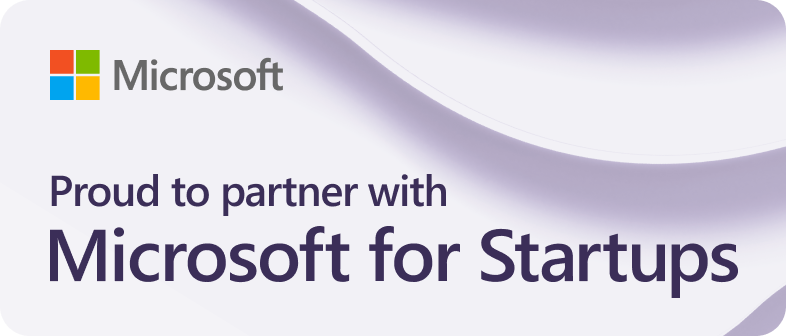Are you tapping into the power of social media marketing? Are you using those popular platforms to boost your brand? If you’re still unsure about the perks of social media marketing and how it can help you achieve your marketing and sales goals, let’s dig in and discover why it’s a game-changer.
Check this out: over 3.78 billion people worldwide were hanging out on social media platforms in 2020, according to statista.com. We’re talking about 90.4% of millennials, 77.5% of Generation X, and 48.2% of Baby Boomers (Oberlo, 2020). That’s a whole lot of folks!
And guess what? It’s only going to get bigger. Statista.com predicts that by 2025, the number of social media users will skyrocket to a mind-blowing 4.41 billion. Yep, that’s more than half of the entire planet socializing online!
Now, here’s the juicy part: a survey by buffer.com found that a whopping 73% of marketers believe in the superpowers of social media marketing for their businesses. They’re onto something big, my friend.
But here’s the deal: if you’re not actively engaging with your target audience on social media, you’re missing out on golden opportunities to snag leads and build rock-solid relationships with your customers. Don’t let that happen!
But fear not, because with the right social media marketing strategy, you can take your business to new heights. Imagine having an army of loyal brand supporters, a stream of juicy leads, and sales transactions pouring in.
Ready to dive in? Let’s explore seven rock-solid reasons why your brand absolutely needs social media marketing. Trust me, you won’t want to miss this!
The Good Stuff: 7 Awesome Benefits of Social Media Marketing
Alright, let’s talk about the real deal—the benefits of social media marketing that can transform your marketing and sales game. Buckle up and get ready to level up your brand!
Table of Contents
#1. Attracting New Audiences for Your Business
Alright, let’s dive deeper into the first benefit of social media marketing: attracting new audiences.
This is where the real magic happens! You can attract new audiences using hashtags and customer recommendation strategies. Let’s discuss them further!
Do you struggle with managing multiple social media platforms for your brand's presence?
The Sociosight app can help you simplify the process and save you time. With Sociosight, you can publish, schedule, and monitor posts and engage with your followers across multiple social media platforms, all from one dashboard.
Get started today with a free sign-up!
Register Now for Free

A. How to Attract New Audiences through the Use of Hashtags?
Picture this: 54% of social browsers are using social media channels to find information about products and services, as revealed by a study from globalwebindex.com. These savvy internet users, aged 16-64, spend their spare time browsing through the exciting world of social media.
Now, here’s the game-changer: hashtags! They are your secret weapon to capture the attention of those new audiences. While traditional search engine users rely on keywords and search queries, social browsers take a different approach—they search using hashtags.
Hashtags, are those nifty words or keyword phrases preceded by the trusty pound sign (#). They are used in social media posts to help social browsers discover topics of interest by searching for specific keywords or hashtags.

But wait, there’s more to know about hashtags:
- When using phrases as hashtags, no spaces allowed! Keep it concise and snappy, like #usehashtags.
- Feel free to include numbers in your hashtags, but leave out symbols and punctuation marks.
- Hashtags can be placed at the beginning, middle, or end of your posts. You can even sprinkle them in the comments section of your social media posts.
- Guess what? These hashtags will be indexed by social media networks, making your content discoverable by the right people.
So, here’s the scoop: by using relevant hashtags in your social media posts, you can reach new audiences who are yet to become fans or followers of your brand. It’s like turning social media channels into powerful search engines, giving Google.com a run for its money. Talk about an opportunity for your brand to shine! Get in on the action by publishing compelling posts across various social media channels that resonate with your target audience.
Just as you include keywords when creating content for search engines, sprinkle those relevant hashtags when crafting your social media posts. This way, you’ll attract the right audience and maximize your brand’s visibility.
B. How to Attract New Audiences through Customer Recommendations
Now, let’s explore another strategy to attract new audiences: leveraging customer recommendations. It’s time to harness the power of word-of-mouth marketing in the digital world!
Picture this: social media users aren’t just searching for information—they’re hungry for reviews and recommendations. A study by Forbes (2018) uncovered a staggering fact: 71% of customers who had a positive experience with a brand on social media were eager to spread the word to their friends and family.

So, here’s the secret sauce: provide top-notch customer support on social media. Show your customers some love! Respond promptly and accurately to comments on your posts and messages received through social media messaging features. Don’t forget to keep an eye out for any mentions or references to your brand made by social media users.
Engaging with your customers on social media demonstrates that you care about their needs and want to provide them with a positive experience. These interactions can lead to loyal customers who become your brand advocates, recommending your business to their network.
Remember, social media is all about building connections and fostering relationships. So, put your best foot forward, deliver exceptional customer service, and watch those customer recommendations work wonders for your brand!
#2. Boosting Website Visibility in Search Engines
Alright, let’s talk about another incredible benefit of social media marketing: boosting the visibility of your website in search engines. Imagine having your website show up at the top of those search results—every website owner’s dream!
Now, we all know that search engine users are all about finding information by typing in specific keywords or queries. But here’s the kicker: most people tend to stick to the first page of search results because they usually find what they need right there.
To make your website shine in the search engine spotlight, you need to implement some search engine optimization (SEO) strategies. These strategies involve optimizing your website for relevant keywords and improving its speed. The goal? To improve your website’s ranking for keywords that matter to your business.
But guess what? Social media marketing also plays a crucial role in this game.
According to Social Media Examiner, as cited by bluefountainmedia.com, over 58% of marketers who have been using social media marketing strategies for a year or more have witnessed significant improvements in their website rankings in search engines. Talk about a powerful combination!
One of the key factors contributing to this improvement is what we call social signals.
The Role of Social Signals to Boost Your Website Traffic
Social media marketing boosts your website’s presence in search engines through the magic of social signals. These signals are the interactions your content receives on social media platforms like Facebook, Twitter, Instagram, LinkedIn, and more. Think likes, shares, votes, pins, and views—it’s all about engagement!
The more social signals your content receives, the more popular it becomes. And when your content includes links to your website, you’ve got a chance to drive some serious traffic. Those engaged social media users might just click on those links and find themselves on your website, ready to explore what you have to offer.
But here’s the twist: search engines are all about delivering high-quality and relevant content to their users. They measure the quality of your content based on how often your link or URL appears throughout the web, including on social media networks.
So, when your social signals increase, it indicates the authority of your website’s domain and showcases the value your URL brings. In fact, Google and other search providers have integrated social signals as ranking signals for websites—proof that social media presence matters when it comes to boosting your website’s rankings.

Here are four practical tips to leverage social media marketing and increase those social signals for your website content:
- Make sure to include your website URL in your business’s social media account profiles. This way, those who discover your social media profiles through search engines or directly on social media platforms can easily click on the link and land on your website.
- Don’t forget those call-to-action (CTA) buttons in your posts. Encourage your audience to share your website content on their own social media accounts. When you share content on social media that includes a link to your website, urge your audience to interact through likes, comments, bookmarks, or shares. Let them spread the word!
- Consider adding plugins or modules to make sharing your website content a breeze. There are plenty of fantastic social media plugins available that you can use on your website or blog to embed links to popular social media channels. These plugins allow your readers to easily share your content on their social media accounts, extending your reach.
- Last but not least, always aim for high-quality content. By sharing only the best of the best, you increase the chances of your content gaining attention on social media. Take Facebook, for example—they tend to prioritize content from pages with high engagement. So, by consistently posting top-notch content, you ensure that your posts receive good engagement and are displayed more frequently.
Get ready to boost your website’s visibility in search engines by harnessing the power of social media marketing. Remember, it’s not just about SEO anymore—it’s about the combination of SEO and social media that will take your website to new heights.
#3. Building Online Communities – Fostering Connections and Engagement
One of the remarkable advantages of social media marketing is the ability to build thriving online communities.
Unlike traditional marketing approaches where brands simply push content to passive audiences, social media allows for meaningful interaction and engagement. By leveraging this potential, you can cultivate a strong community of like-minded individuals and propel them through your marketing funnel, leading to increased conversions and brand advocacy.

Why Building an Online Community Matters?
In the realm of social media marketing, building an online community sets you apart. It goes beyond one-way communication and creates an environment where your target audience can actively participate and contribute. This fosters a sense of belonging, trust, and loyalty.
Additionally, these engaged community members are more likely to share their positive experiences and recommend your brand to their social networks, amplifying your reach and impact.
Here are some practical tips to help you build a vibrant online community:
- Choose the Right Platform: Select a platform that aligns with your target audience and the nature of your business. Facebook Groups are an excellent option for fostering discussions and connection, while platforms like Telegram or WhatsApp can provide additional functionalities for community building.
- Create an Inviting Community Name: When forming a community, consider naming it in a way that resonates with your target audience and the topics you’ll cover. Avoid solely using your brand name if you aim to attract a broader audience. For example, if you specialize in digital marketing for small businesses, a group named “Digital Marketing for SMEs” would be more appealing and recognizable.
- Focus on Meaningful Interactions: Instead of immediately promoting your products or services, kickstart your community by offering discussion topics that spark engagement among members. For instance, if you sell healthy foods, initiate conversations about nutritious recipes and encourage community members to share their favourite dishes. Within these discussions, subtly introduce information about your products as relevant ingredients.
- Schedule Topic-Focused Discussions: Plan regular discussion sessions centered around specific themes or topics of interest to your community. This structured approach keeps the conversations lively, encourages participation, and ensures that community members have valuable takeaways from each session.
- Establish Clear Community Guidelines: Set clear rules of engagement within your community. Clearly communicate the purpose of the community, expected behavior, and guidelines for respectful communication. This ensures a positive and safe environment for all members and allows them to derive maximum value from their participation.
By building an online community through social media marketing, you foster connections, nurture engagement, and create a dedicated following of brand advocates. This community becomes a powerful asset, driving conversions, amplifying your brand’s reach, and cultivating long-term customer loyalty. Embrace the interactive nature of social media to build a thriving community that propels your business forward.
#4. Lead Generation and Conversion: Unlocking the Power of Social Media Marketing
One of the significant benefits of social media marketing lies in its ability to generate leads and drive conversions, effectively guiding prospects through the entire buying cycle or marketing funnel.
By establishing your brand presence across various social media channels and publishing high-quality content, you can expand the reach of your target audience.
When combined with advertising strategies on social media, your audience’s reach can further expand, allowing you to connect with a broader audience.
In fact, through strategic advertising, you can optimize your campaigns to capture valuable conversions, such as prospect data (names, emails, or phone numbers). This information can then be passed on to your sales team for follow-up and nurturing.
To make the most of social media marketing for lead generation and conversion, ensure you publish a diverse range of structured content that guides your audience from the top of the funnel to the bottom. Craft compelling calls-to-action, offer valuable incentives, and provide a seamless user experience that motivates your audience to take the desired action.
With a well-executed social media marketing strategy, you can attract potential customers, capture their interest, and guide them towards becoming loyal and satisfied buyers.
#5. Enhancing Customer Service and Support
Social media marketing not only helps you promote your brand and reach a wider audience, but it also offers an excellent platform for enhancing customer service and support.

Here’s how social media can benefit your customer service efforts:
- Instant Communication: Social media allows for real-time interaction with your customers. You can respond to their queries, concerns, and feedback promptly, showing that you value their opinions and are dedicated to addressing their needs. This instant communication fosters trust and strengthens your customer relationships.
- Monitoring Brand Mentions: By actively monitoring your brand mentions on social media, you can identify both positive and negative sentiment associated with your brand. This enables you to quickly respond to customer complaints or issues and provide timely solutions. Acknowledging and resolving problems publicly demonstrates your commitment to customer satisfaction.
- Proactive Support: Social media provides an opportunity to offer proactive support by sharing informative content, tutorials, and troubleshooting tips. By anticipating common customer queries or problems, you can create valuable resources that address their needs and proactively prevent issues from arising.
- Personalized Interactions: Social media allows you to engage with customers on a more personal level. Use their names when responding to their comments or messages and show genuine interest in their concerns. By personalizing your interactions, you make customers feel valued and create a positive impression of your brand.
- Feedback and Improvement: Social media platforms serve as valuable feedback channels. Encourage customers to share their experiences, suggestions, and ideas. Actively listen to their feedback and use it to improve your products, services, and overall customer experience. Engaging in open and transparent conversations demonstrates your commitment to continuous improvement.
- Crisis Management: In times of crises or negative situations, social media can be a powerful tool for managing your brand’s reputation. Responding promptly, addressing concerns, and providing accurate information can help mitigate the impact of the crisis and maintain customer trust.
Remember, every customer interaction on social media is visible to others, so it’s crucial to maintain a professional and empathetic tone in your responses. Make sure to set clear guidelines for your customer service team and provide them with the necessary training to handle different situations effectively.
#6. Analyzing Competitors – Gaining Insights for Strategic Advantage
Keeping a close eye on your competitors is a valuable practice that can fuel your own strategies and propel your business forward. Social media platforms offer a unique opportunity to analyze and learn from your competitors’ actions, allowing you to make informed decisions and continuously improve your own social media marketing efforts.
Why Analyzing Competitors Matters?
Regularly monitoring your competitors’ presence on social media provides valuable insights into their strategies, content, and audience engagement. By understanding what works for them, you can gain inspiration and identify opportunities for innovation within your own social media marketing initiatives.
Here are some key steps to effectively analyze your competitors on social media:
- Identify Competitors: Begin by identifying your main competitors within your industry or niche. Look for businesses that target a similar audience or offer similar products/services. These are the competitors whose social media strategies and actions will be most relevant to your own.
- Observe and Learn: Once you have identified your competitors, observe their social media presence closely. Pay attention to the types of content they share, the frequency of their posts, and the engagement they receive from their audience. Take note of any patterns or trends that emerge.
- Identify Successful Tactics: Identify specific tactics or strategies that have proven successful for your competitors. For example, if you notice that your competitors consistently run paid ads on platforms like Facebook or Instagram, consider exploring similar advertising opportunities. However, it is crucial to avoid blindly copying their actions. Instead, aim to adapt and enhance their successful tactics to better suit your brand and stand out from the competition.
- Leverage Social Media Tools: Take advantage of social media content management tools to monitor your competitor organically. Or, you can take advantage of social media platforms like Facebook that offer an Ad Library where you can explore the types of ads your competitors are running, their messaging, and their target audience. This information can provide valuable inspiration for your own ad campaigns.
- Differentiate and Innovate: While learning from your competitors is important, it’s equally essential to differentiate yourself and innovate. Use the insights you gather to inspire creative ideas and unique approaches that set your brand apart. Strive to deliver even better content, engagement, and overall experiences to your audience.
By analyzing your competitors’ social media strategies, you can stay informed about industry trends, learn from their successes, and identify areas for improvement. Remember, the goal is not to replicate their actions, but rather to gain inspiration and leverage their insights to enhance your own social media marketing efforts. Embrace the power of competitor analysis as a strategic tool to position your brand for success in the dynamic world of social media.
#7. Saving Costs on Promotion – Maximize Value, Minimize Expenses
Another benefit of social media marketing is the ability to save costs on promotion, making it an attractive option for businesses of all sizes, including micro-scale enterprises.
Cost-Effective Profile Creation
When it comes to social media marketing, there are no expenses involved in creating profiles on most social media channels. Establishing your brand’s presence on platforms like Facebook, Twitter, Instagram, and LinkedIn is free of charge, allowing you to showcase your business, connect with your audience, and build a community without incurring any upfront costs.
Affordable Advertising Opportunities
Should you decide to run paid campaigns to increase engagement with your content, the costs associated with social media advertising are comparatively lower when compared to other advertising platforms.
Platforms such as Facebook and Instagram offer flexible budgeting options, enabling you to start advertising with as little as a few dollars per day. This affordability empowers businesses with limited budgets to still reach a wide audience and maximize their marketing efforts.
Experimentation and Optimization
One of the notable advantages of advertising on social media is the opportunity for experimentation. Social media platforms provide a range of ad campaign options, allowing you to test various formats, target different audience segments, and assess which strategies deliver the best results aligned with your advertising goals. This flexibility enables you to refine and optimize your campaigns over time, ensuring that you allocate your resources effectively and achieve the highest possible return on investment (ROI).
Real-Time Analytics for Informed Decisions
Social media channels equip you with real-time analytics features, enabling you to track and measure the performance of your advertising efforts. Through these insights, you can gather data on impressions, engagement, click-through rates, conversions, and more.
This valuable information empowers you to make data-driven decisions, refine your advertising strategy, and allocate your promotional budget to the most effective campaigns. By monitoring and adjusting your approach based on real-time data, you can optimize your marketing initiatives and maximize the value generated from your promotional activities.
Conclusion
In conclusion, social media marketing is a game-changer for businesses, offering a plethora of benefits to boost brand visibility, engage with customers, and drive business growth.
From reaching a global audience and building relationships to analyzing competitors and saving costs on promotion, social media provides immense opportunities for success. To leverage these benefits, businesses must craft compelling content, foster engagement, and build online communities.
So, why wait? Embrace the power of social media marketing and unlock the full potential of your brand. Share your thoughts and opinions in the comment section or DM us on Instagram @sociosight.co. Let’s revolutionize your business together!











